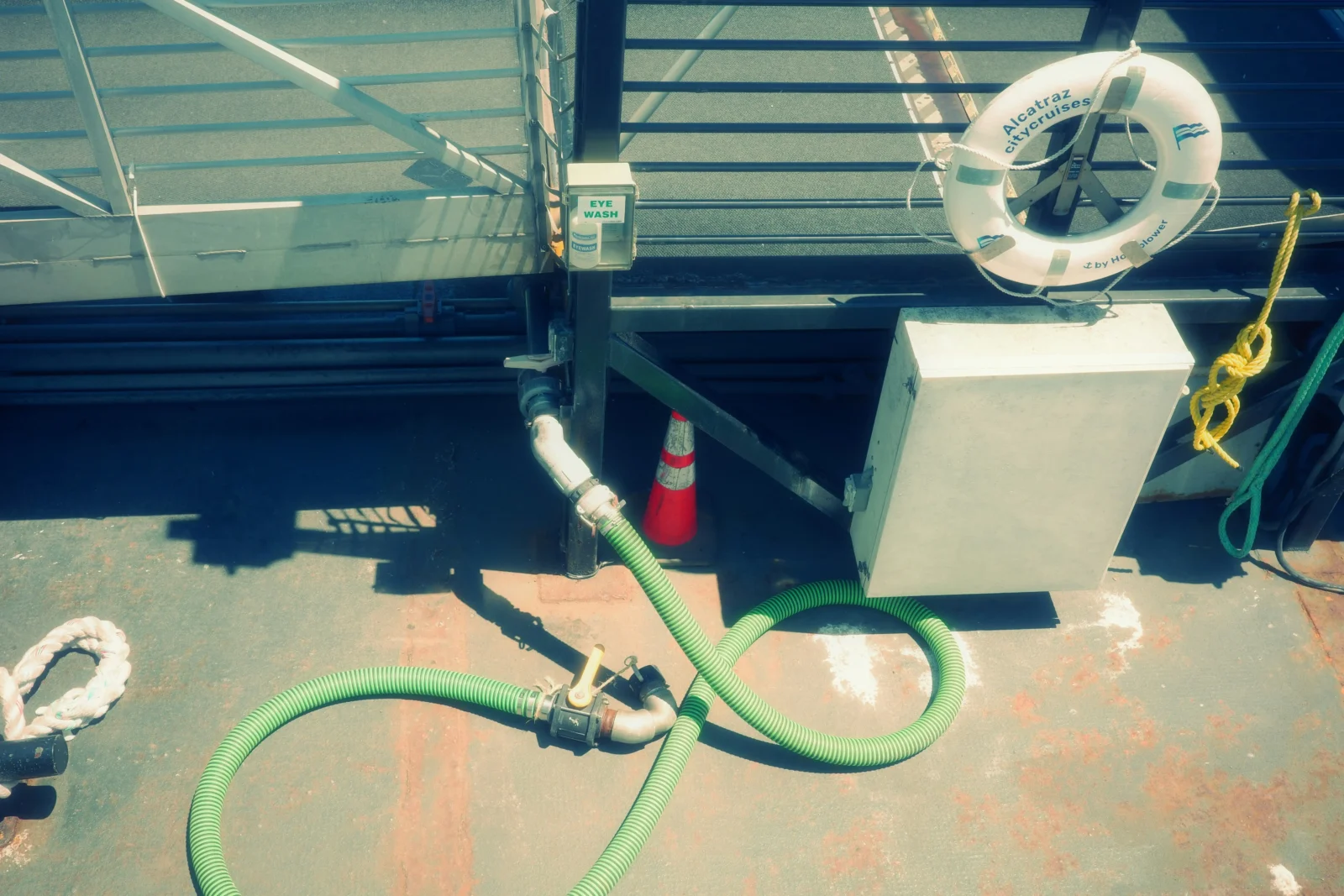- Home
- Articles
- Architectural Portfolio
- Architectral Presentation
- Inspirational Stories
- Architecture News
- Visualization
- BIM Industry
- Facade Design
- Parametric Design
- Career
- Landscape Architecture
- Construction
- Artificial Intelligence
- Sketching
- Design Softwares
- Diagrams
- Writing
- Architectural Tips
- Sustainability
- Courses
- Concept
- Technology
- History & Heritage
- Future of Architecture
- Guides & How-To
- Art & Culture
- Projects
- Interior Design
- Competitions
- Jobs
- Store
- Tools
- More
- Home
- Articles
- Architectural Portfolio
- Architectral Presentation
- Inspirational Stories
- Architecture News
- Visualization
- BIM Industry
- Facade Design
- Parametric Design
- Career
- Landscape Architecture
- Construction
- Artificial Intelligence
- Sketching
- Design Softwares
- Diagrams
- Writing
- Architectural Tips
- Sustainability
- Courses
- Concept
- Technology
- History & Heritage
- Future of Architecture
- Guides & How-To
- Art & Culture
- Projects
- Interior Design
- Competitions
- Jobs
- Store
- Tools
- More
Guide To Furniture Storage: Finding The Perfect Units For Your Precious Pieces

Furniture is a significant investment. And when moving or renovating your home, proper storage becomes crucial.
Read on to learn the various aspects of furniture storage solutions that will protect your furniture from damage.
Table of Contents
ToggleReasons for Furniture Storage
Here are several reasons why you might need to store your furniture:
- Downsizing or Moving. When you’re moving to a smaller home or apartment, you may need to store some of your furniture until you find a new place with more space.
- Renovations or Home Improvements. If you’re planning to renovate your home, you’ll need to clear out the space to make way for the construction work. Short-term and long-term furniture storage can help you keep your pieces safe during the renovation process.
- Seasonal Storage. Some furniture, such as patio sets or outdoor furniture, may need to be stored during the off-season to protect them from the elements.
- Inheritance or Antique Furniture. If you’ve inherited or acquired antique or valuable furniture, you may want to store it in a secure and climate-controlled environment to preserve its condition.
- Temporary Storage. Whether you’re between homes or need a place to keep your furniture while you travel, temporary furniture storage can provide a convenient solution.

Types of Furniture Storage Units
When hiring furniture storage, there are several options to choose from. These include:
- Self-Storage Facilities. These are standalone storage units that you can rent to store your furniture. They come in various sizes and can be climate-controlled or non-climate-controlled.
- Portable Storage Containers. These are large, portable storage units that can be delivered to your home, loaded with your furniture, and then transported to a secure storage facility.
- Full-Service Storage. This option involves hiring a professional moving and storage company like Store More to handle the entire process. They can manage everything, from packing and loading your furniture to transporting it to a secure storage facility.
- In-Home Storage. If you have extra space in your home, such as a basement, attic, or garage, you can use it to store your furniture temporarily.
Factors to Consider When Selecting a Furniture Storage Unit
Storing furniture can be a necessity during life transitions, home renovations, or even downsizing. But with so many self-storage options available, choosing the right unit can feel overwhelming. Here’s a detailed breakdown of what to consider:
Size
Before browsing storage options, take some time to measure your furniture. Don’t forget to account for odd-shaped pieces or those that disassemble partially. Sketching a basic floor plan of your furniture within the storage unit can help visualize the space needed.
Find a storage facility that offers a wide variety of unit sizes, from lockers for small items to spacious units that can comfortably house an entire apartment’s worth of furniture. Their friendly staff should also recommend the most suitable unit size.
Climate Control
Extreme temperatures and humidity fluctuations can damage furniture. If you are to store items that are sensitive, such as precious family heirlooms, leather furniture, or musical instruments, consider a climate-controlled unit. Find climate-controlled units that maintain consistent temperature and humidity levels, mimicking a comfortable home environment. This helps prevent warping, cracking, and mildew growth on your furniture.
Security
When entrusting your furniture pieces to a storage facility, security is paramount. Partner with storage companies that prioritize the safety of your furniture with features like:
- 24/7 Surveillance: High-definition cameras monitor the facility perimeter and common areas for enhanced security.
- Secure Access: Controlled access gates with individual unit locks ensure only authorized personnel and renters can access the premises.
- Fire Detection and Suppression Systems: State-of-the-art fire alarms and sprinkler systems are strategically placed throughout the facility for an extra layer of protection.
Accessibility
Consider how often you might need to access your furniture. If you plan on retrieving seasonal items or frequently changing out décor pieces, a facility with convenient access hours is ideal. Many storage locations offer extended access hours, some even featuring 24/7 access for added convenience.
Additionally, consider the unit’s location within the facility. Ground-floor units offer the easiest access for loading and unloading furniture.

Cost
Storage unit prices can vary depending on size, features, and location. Find companies that offer competitive rates with a variety of unit sizes to fit your budget. Be sure to inquire about any additional fees, such as administrative costs or insurance options, to get a clear picture of the total expense.
Questions to Ask When Renting a Furniture Storage Unit
To ensure that you hire a unit that meets your furniture storage needs, be sure to ask the following questions:
- What are the facility’s security measures?
- Is the storage unit climate-controlled?
- What are the facility’s hours of operation and access policies?
- What type of insurance coverage is available for my stored items?
- Can the facility provide packing and moving services?
- What is the rental agreement, and what are the terms of the contract?
- Are there any additional fees I should be aware of?
Tips for Packing and Organizing Furniture in Storage
Proper packing and organization are key to ensuring the safety of your furniture in storage. Here are some tips to follow:
- Arrange strategically. Heavier items must be at the bottom, and the lighter items on top. This will help prevent damage from the weight of the furniture.
- Create pathways. Leave enough space between the stacked furniture to create walkways. This will make it easier to access your items when needed.
- Utilize vertical space. If possible, stack your furniture vertically.
- Protect vulnerable areas. Use bubble wrap, packing paper, or other reliable protective materials to cover the corners and edges of your furniture, which are more prone to damage.
- Label and document. Clearly label each item or box, and keep a detailed inventory of the contents of your storage unit.
Conclusion
Proper furniture storage is essential for protecting your valuable investments and ensuring their longevity. By understanding the reasons for storage, the types of storage units available, and the factors to consider when choosing a unit, you can find the perfect storage solution for your furniture.
Remember to prepare, pack, and maintain your furniture carefully to keep it in excellent condition during storage. When you’re ready to retrieve your furniture, you’ll be glad you took the time to store it safely and securely.
Hire storage units for furniture today and enjoy the peace of mind that comes with knowing your precious pieces are well-protected.
illustrarch is your daily dose of architecture. Leading community designed for all lovers of illustration and #drawing.
Submit your architectural projects
Follow these steps for submission your project. Submission FormLatest Posts
8 Examples of Successful Disaster Resilient Architecture
As climate risks increase, architects around the world are creating innovative structures...
Preventing Cyber Threats in Smart Buildings by Design
The trend of integrating IoT technologies into buildings isn’t going away. More...
Procreate vs Photoshop: Should Architects and Designers Use Them for Architecture Work?
Procreate vs Photoshop for architects: see when to sketch on iPad and...
A Beginner’s Guide to Using Heat Pumps
Understanding home heating and cooling can be confusing, especially if you’re starting...












Leave a comment